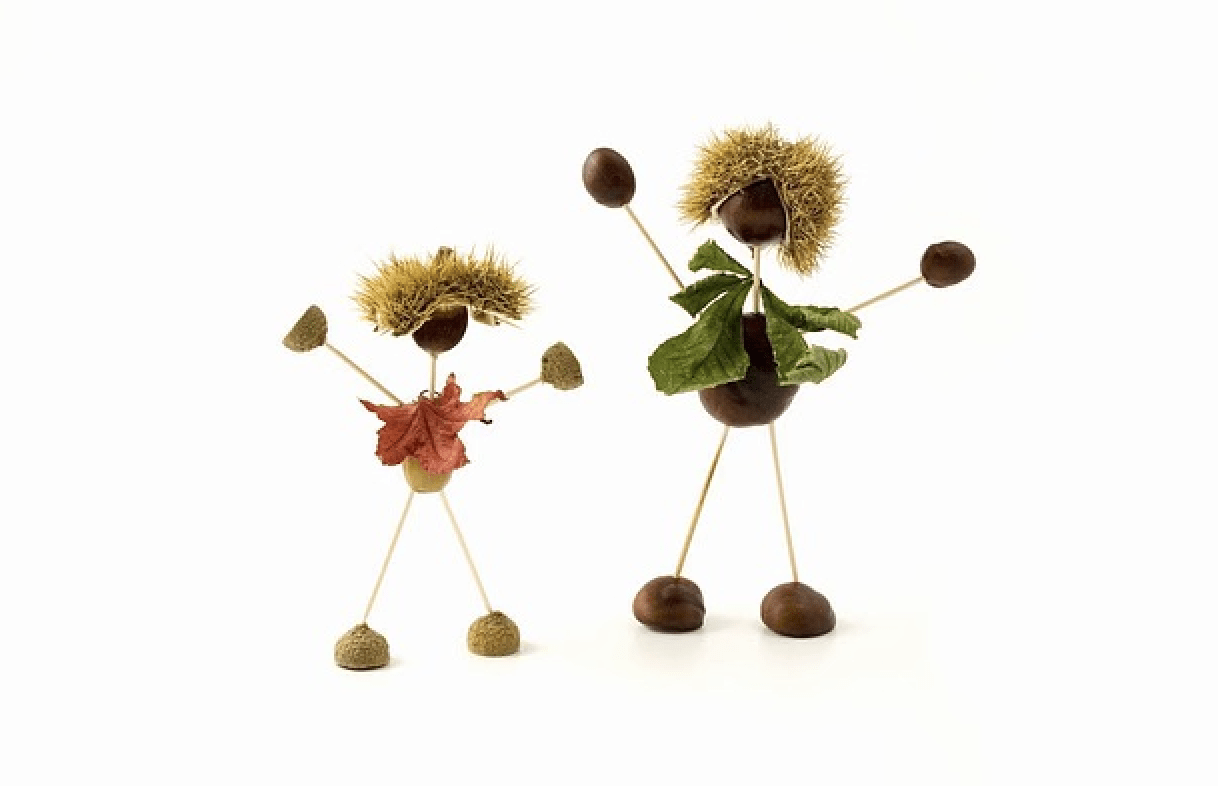As the crisp air and vivid colours of autumn sweep through Poland, a cherished tradition comes to life: chestnut collecting. For generations, this seasonal ritual has connected people of all ages to nature, local customs, and the simple joys of life. Though often overshadowed by more widely known autumn activities, the practice of gathering chestnuts remains a beloved pastime that signifies the arrival of fall and invites families, friends, and communities to take part in a quiet but meaningful ritual.
A Season of Change
When autumn descends on Poland, the landscape undergoes a breathtaking transformation. The once lush, green leaves turn vibrant shades of gold, amber, and red, blanketing streets, parks, and forests. Amidst this scenery, the horse chestnut trees (Aesculus hippocastanum) begin to shed their spiky green fruits, revealing the smooth, shiny brown chestnuts inside. For many Poles, especially children, this is a signal to head outdoors, bags or baskets in hand, to collect these glossy treasures from beneath the trees.
While Poland’s horse chestnuts are not the edible kind (unlike the sweet chestnuts found elsewhere in Europe), the significance of this seasonal bounty runs much deeper than its practical use. Chestnuts are prized for their aesthetic appeal and symbolic role in autumnal traditions, often inspiring arts, crafts, and even old superstitions.

A Family Affair
Chestnut collecting has long been a family-oriented tradition in Poland. Parents, children, and even grandparents often head to parks and forests on crisp weekends, embracing the opportunity to connect with each other and the natural world. The activity is particularly popular among children, who delight in the process of scavenging for the perfect chestnut. They compete to find the largest, shiniest, and most symmetrical chestnuts, which are later used in a variety of creative projects.
One popular activity is crafting animals, people, and other imaginative figures out of chestnuts, often held together with toothpicks. Known as “kasztanowe ludziki” (conker figures), these homemade toys and decorations are a staple of Polish childhood, often crafted in school art classes and at home.
A Rooted Symbol in Culture
Chestnuts have found a place in Poland’s cultural imagination for centuries. Traditionally, chestnuts were thought to have healing properties, with people using them to ward off colds or rheumatic pains by carrying a chestnut in their pocket. Some believed that chestnuts brought good luck or offered protection against bad energy, lending a slightly mystical dimension to their seasonal collection.
Beyond folklore, chestnuts have inspired literature, art, and music. The sight of chestnut-lined streets in cities like Kraków and Warsaw, with their fallen fruits scattered across cobblestone paths, is often captured in poems and paintings that celebrate the melancholic beauty of autumn.
A Reflection of Polish Values
The tradition of chestnut collecting reflects some of the values that are integral to Polish culture: a love of nature, a respect for family, and a deep connection to the cycles of the seasons. While modern life often moves quickly, chestnut collecting offers an opportunity to pause, reflect, and appreciate the natural beauty that surrounds us.
